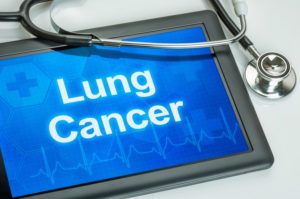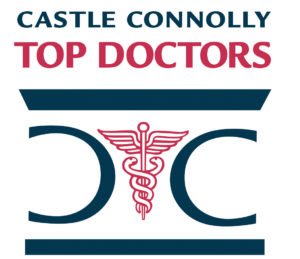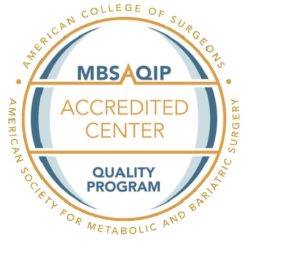Though tooth decay is a growing problem among children and young adults, preventative measures, such as dental sealants and fluoride treatments, can help keep your child smiling brightly.
Children and young adults are more prone to tooth decay for two main reasons: diet and poor oral hygiene. Tooth decay occurs when bacteria in the mouth uses sugar (from foods or drinks) to produce acids that dissolve and damage the teeth. A diet consisting of frequent consumption of sugary drinks, candy, and gum greatly contributes to tooth decay. Additionally, inadequate flossing and failure to properly brush at least two times a day, for three minutes each, allows bacteria to grow.
Preventing Tooth Decay
Dental sealants are a great way to protect your teeth against the bacteria that causes tooth decay. Sealants are usually applied to the chewing surfaces of back teeth (premolars and molars) where decay occurs most often. The procedure is simple and pain-free.
Fluoride can also help prevent tooth decay. Dentists apply a fluoride treatment, either a gel, foam, or varnish, directly to the teeth and let it set for approximately four minutes. In addition to an in-office treatment, fluoride can be found in several brands of toothpaste and even tap water.
For more information or to schedule an appointment, please call Flushing Hospital’s Department of Dentistry at 718-670-5521.
All content of this newsletter is intended for general information purposes only and is not intended or implied to be a substitute for professional medical advice, diagnosis or treatment. Please consult a medical professional before adopting any of the suggestions on this page. You must never disregard professional medical advice or delay seeking medical treatment based upon any content of this newsletter. PROMPTLY CONSULT YOUR PHYSICIAN OR CALL 911 IF YOU BELIEVE YOU HAVE A MEDICAL EMERGENCY.







